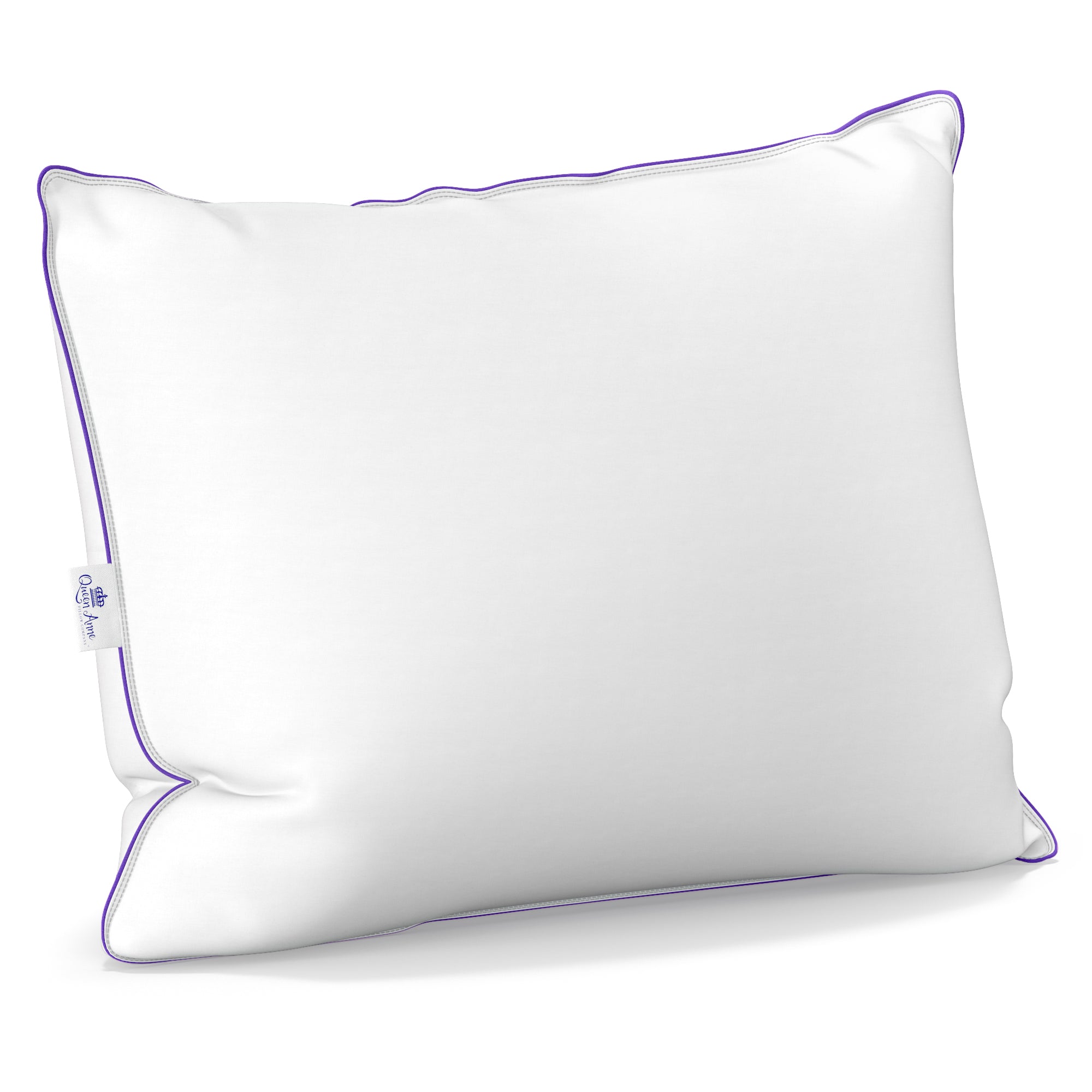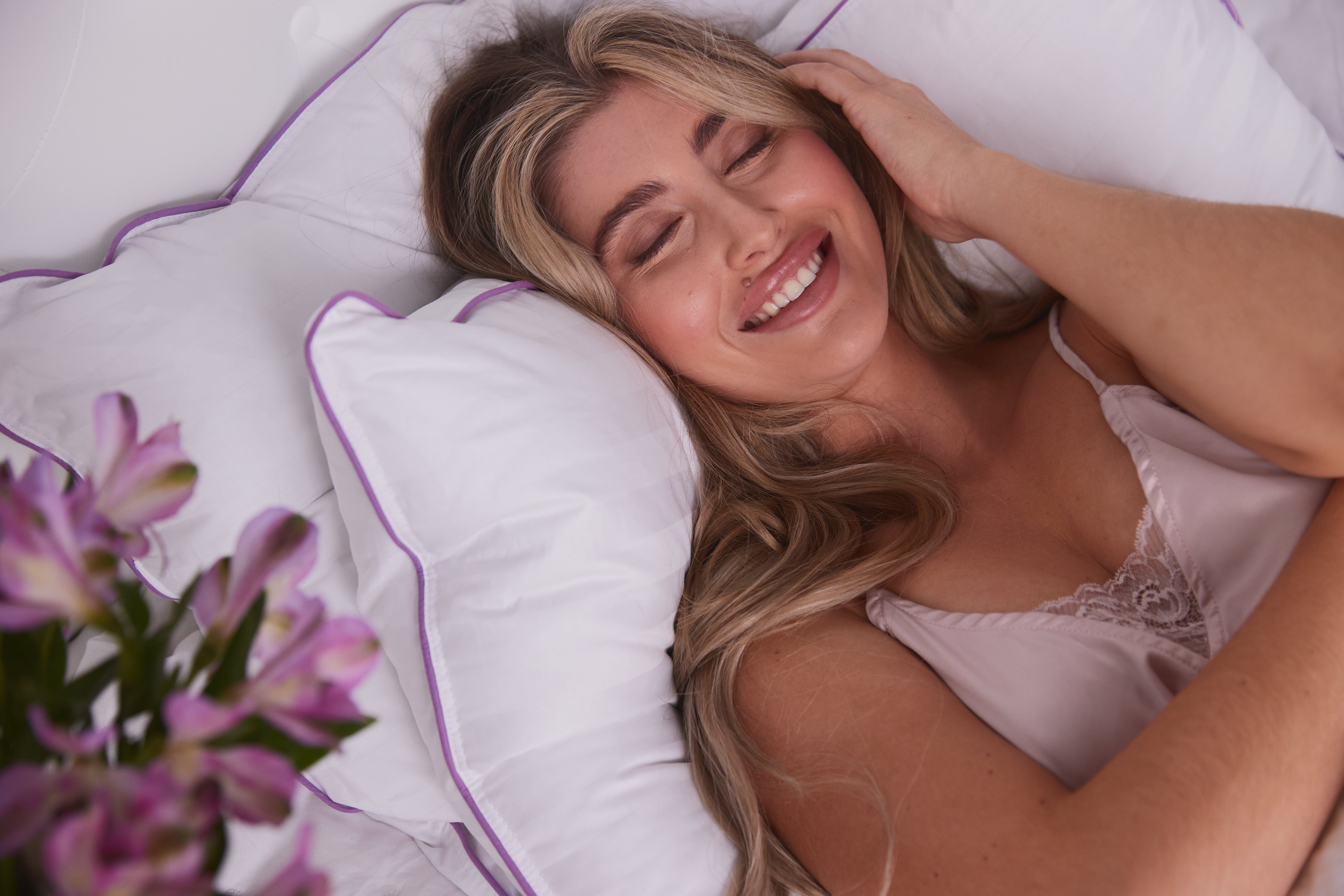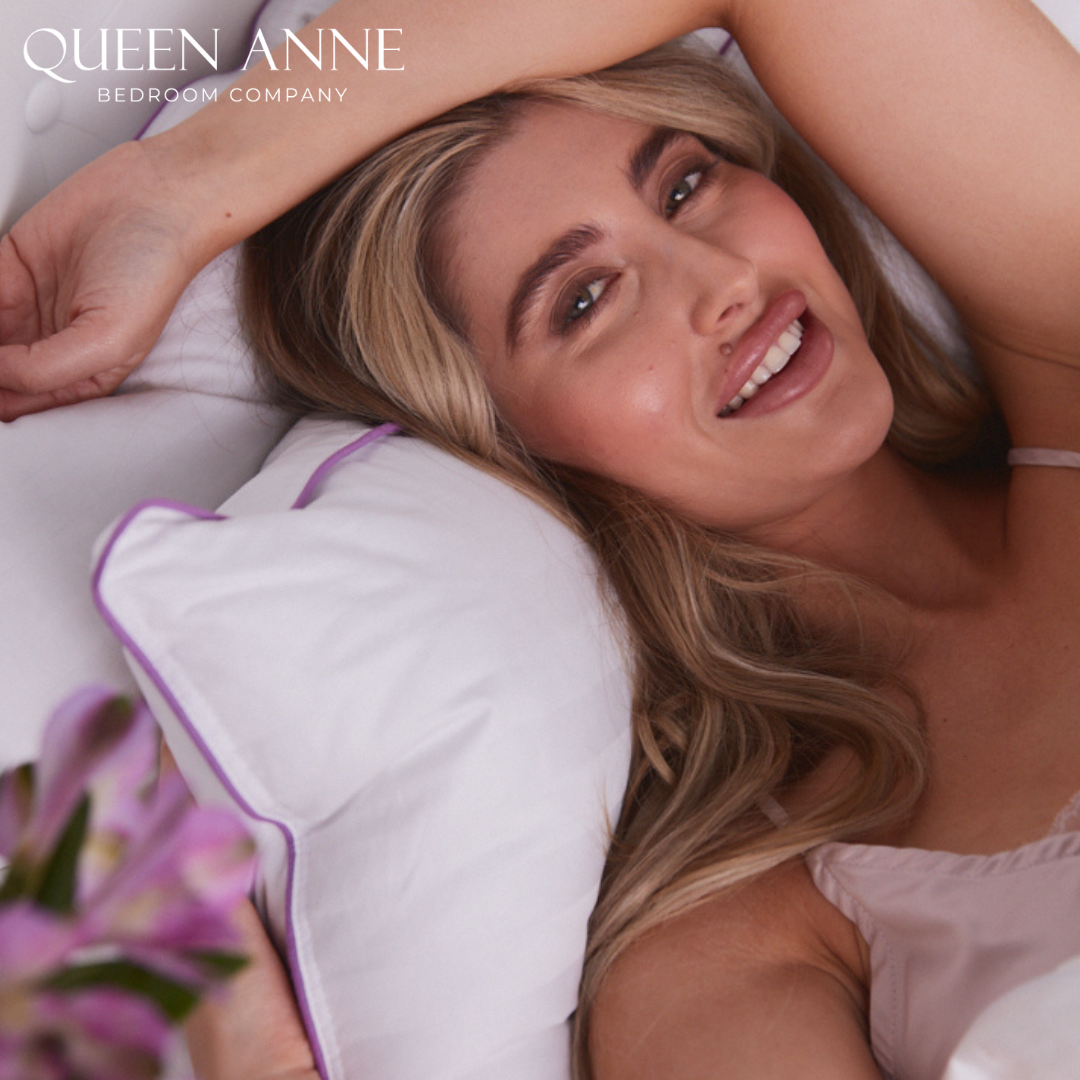
How long do pillows last?
The lifespan of a pillow varies, and depends on things like the quality of the pillow, the materials used, and personal habits. Here's some general guidelines -
Synthetic pillows - Also called down alternative pillows, are made from polyester or other synthetic materials. These pillows typically have a shorter lifespan and may lose their shape and support more quickly than other types of pillows. Discount big box store pillows might only last a year or two. Queen Anne's synthetic pillows should last three to four years.
Feather pillows - Pillows filled with feathers can last longer, usually five to six years. However, they require regular fluffing to maintain their loft and comfort. Queen Anne's feather pillows are recommended to be dry cleaned only.
Down pillows - Down pillows can last five to 10 years with proper care. They can be more durable than synthetic of feather-filled pillows. Queen Anne's down pillows are recommended to be dry cleaned only.
Memory foam pillows - Memory foam pillows are known for their durability and can last three to five years. They are less likely to lose their shape over time compared to traditional pillows.
Latex pillows - Latex pillows are quite durable and can last up to five to seven years or more. They are resistant to dust mites and other allergens.
It's important to note that these are general estimates and the actual lifespan of a pillow can be influenced by factors like the quality of the materials, usage patterns, and personal preferences. Over time, pillows can accumulate dust mites, allergens, and bacteria, impacting their hygiene and performance. Regular cleaning and fluffing can help extend the life of a pillow.
If you notice that your pillow has become flat, lumpy, or uncomfortable, it's a sign that it might be time to replace it. Additionally, if you have allergies or respiratory issues, replacing pillows regularly can contribute to a healthier sleep environment.


